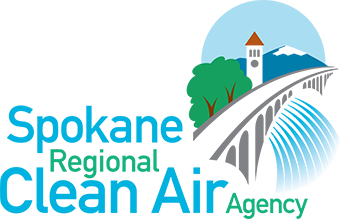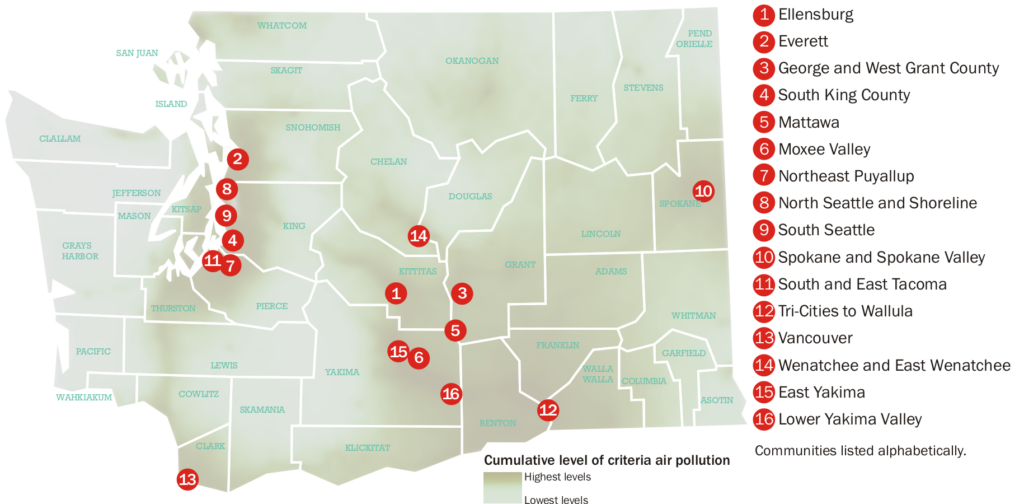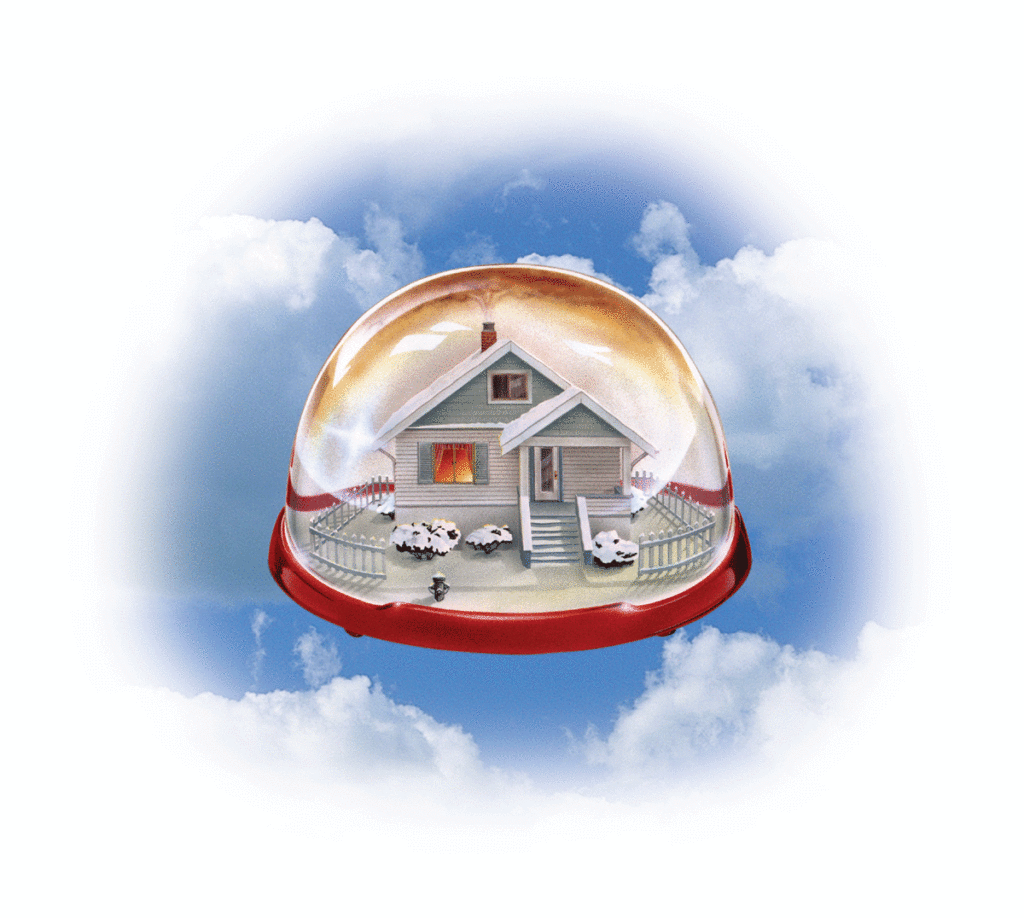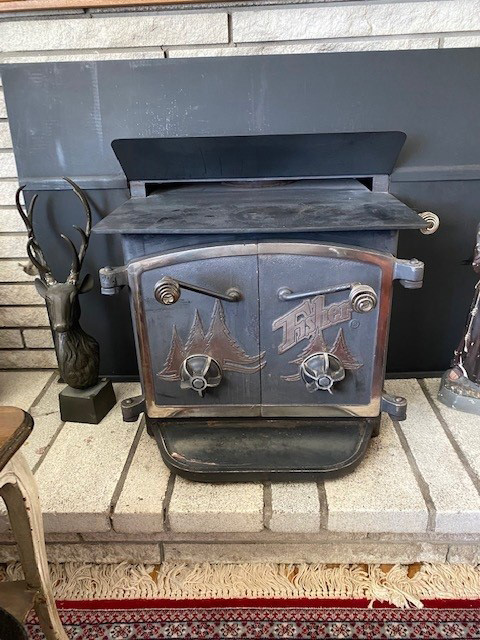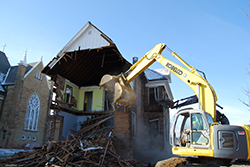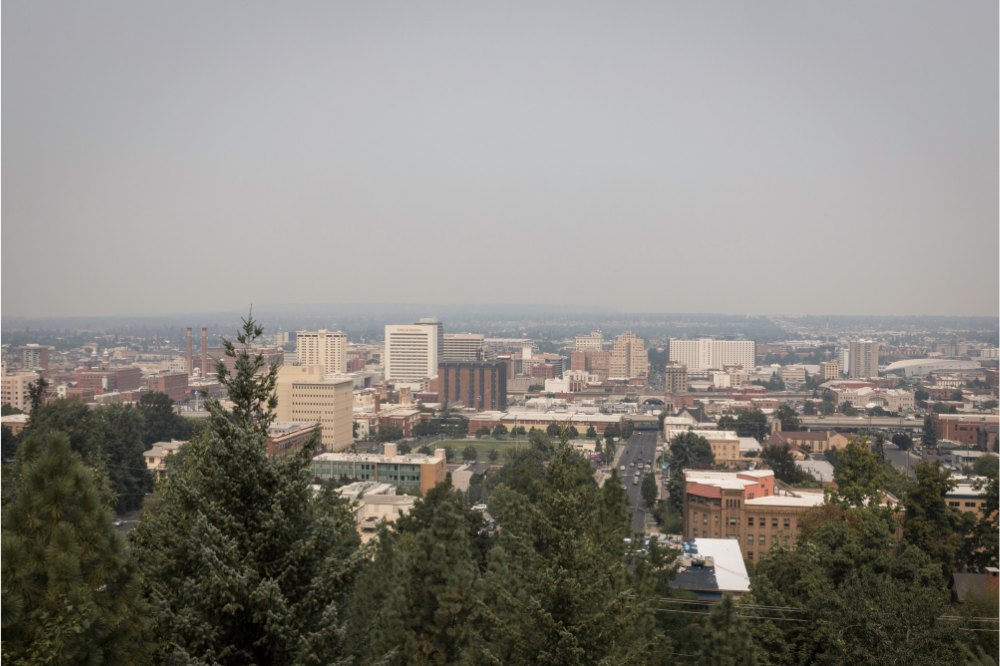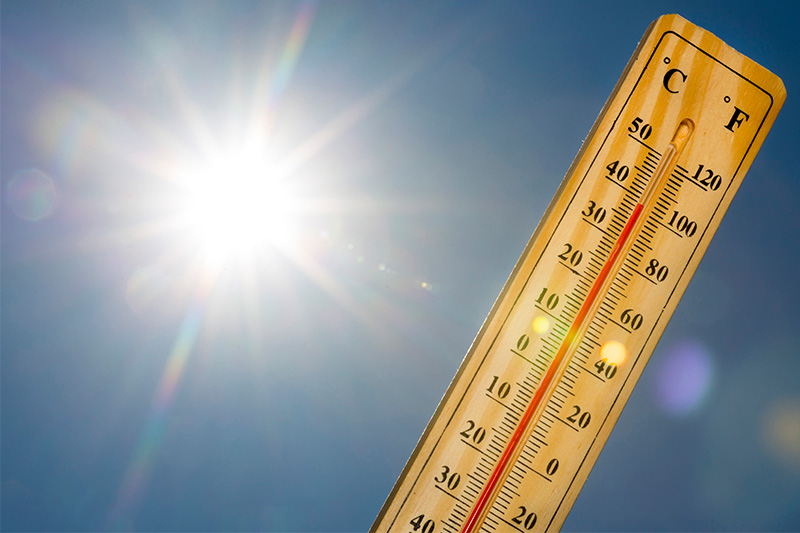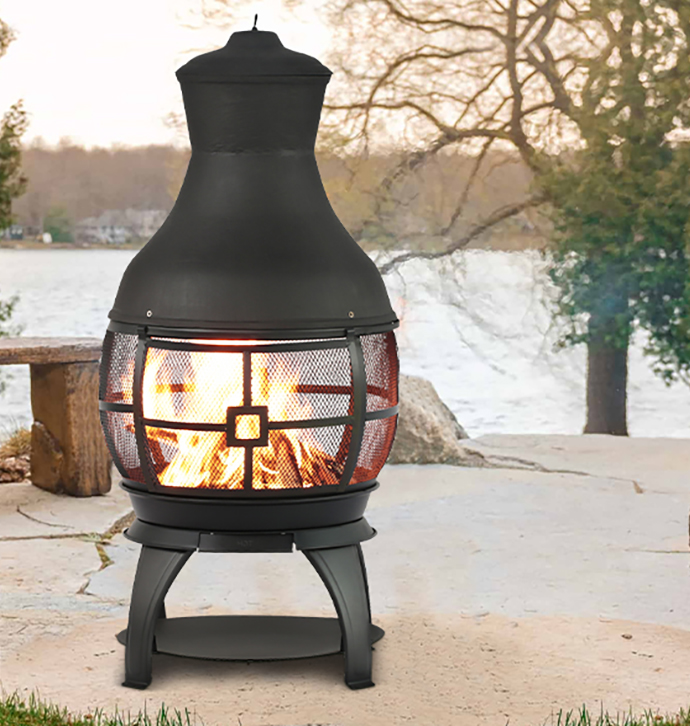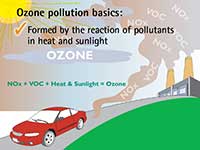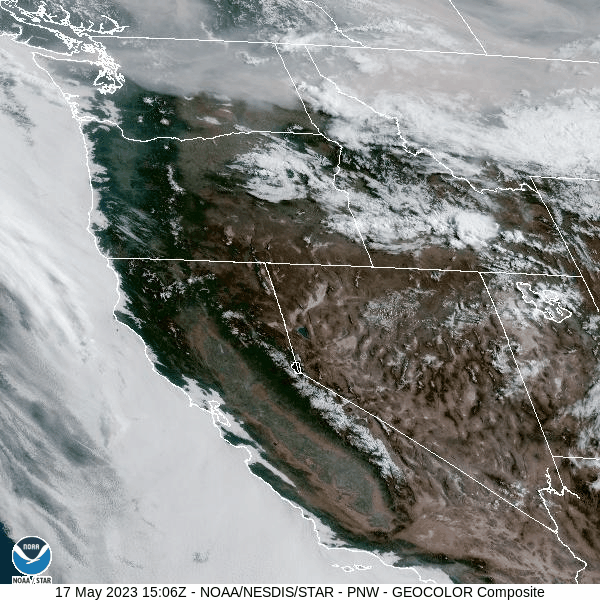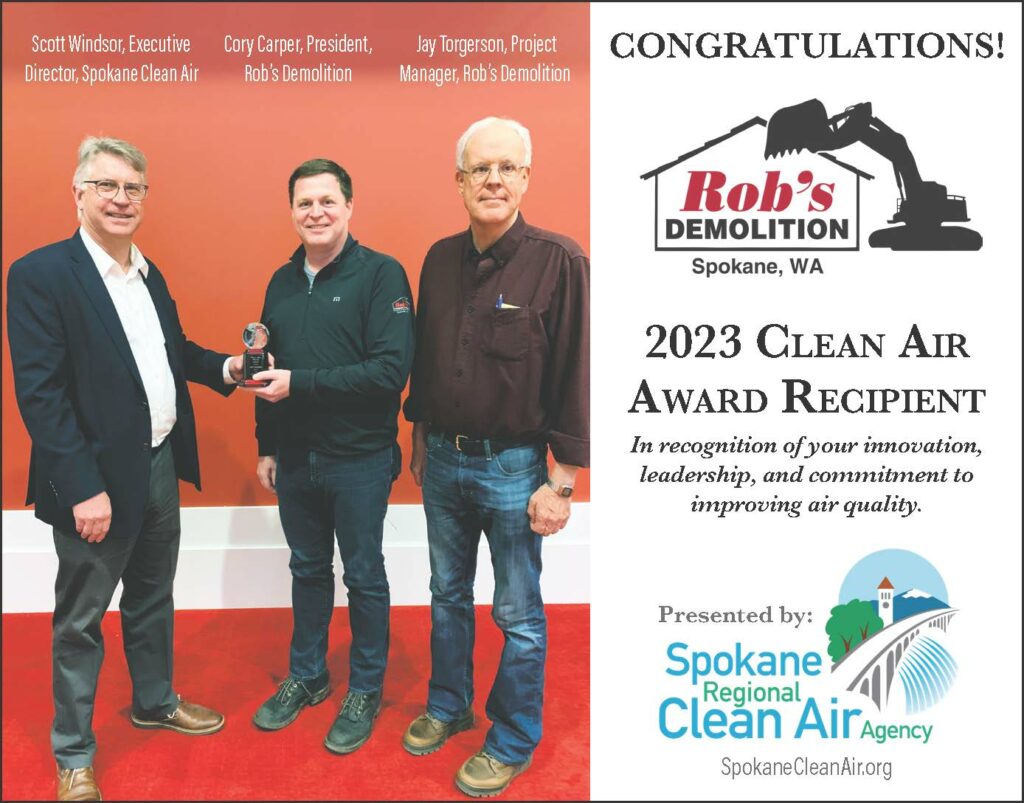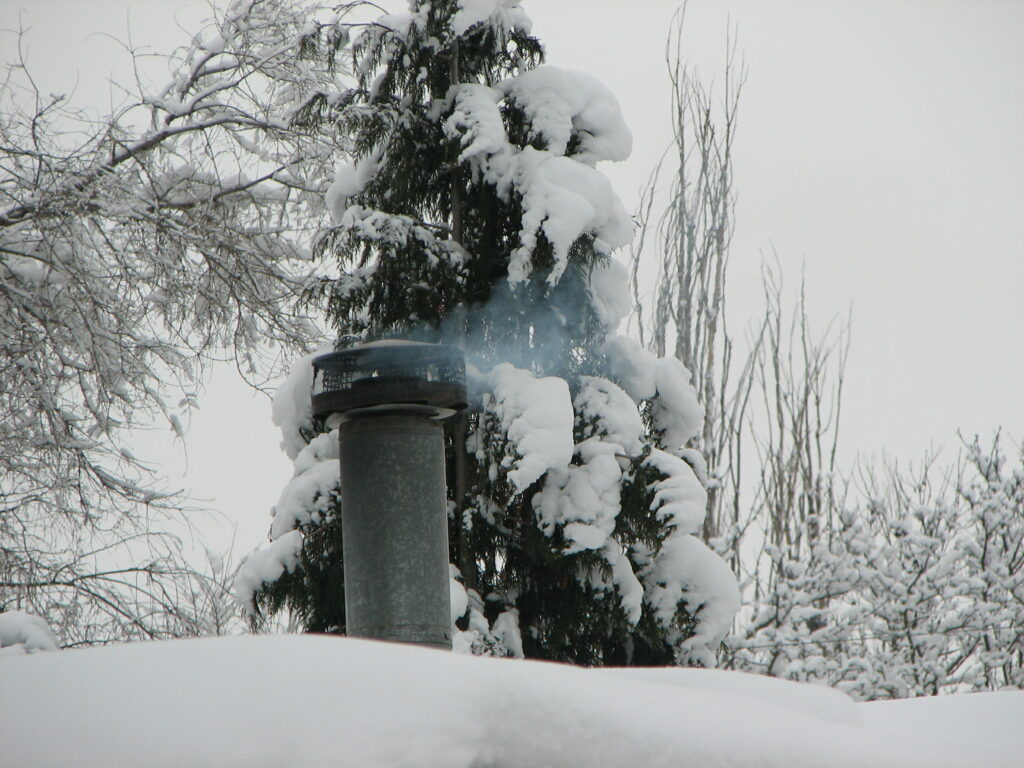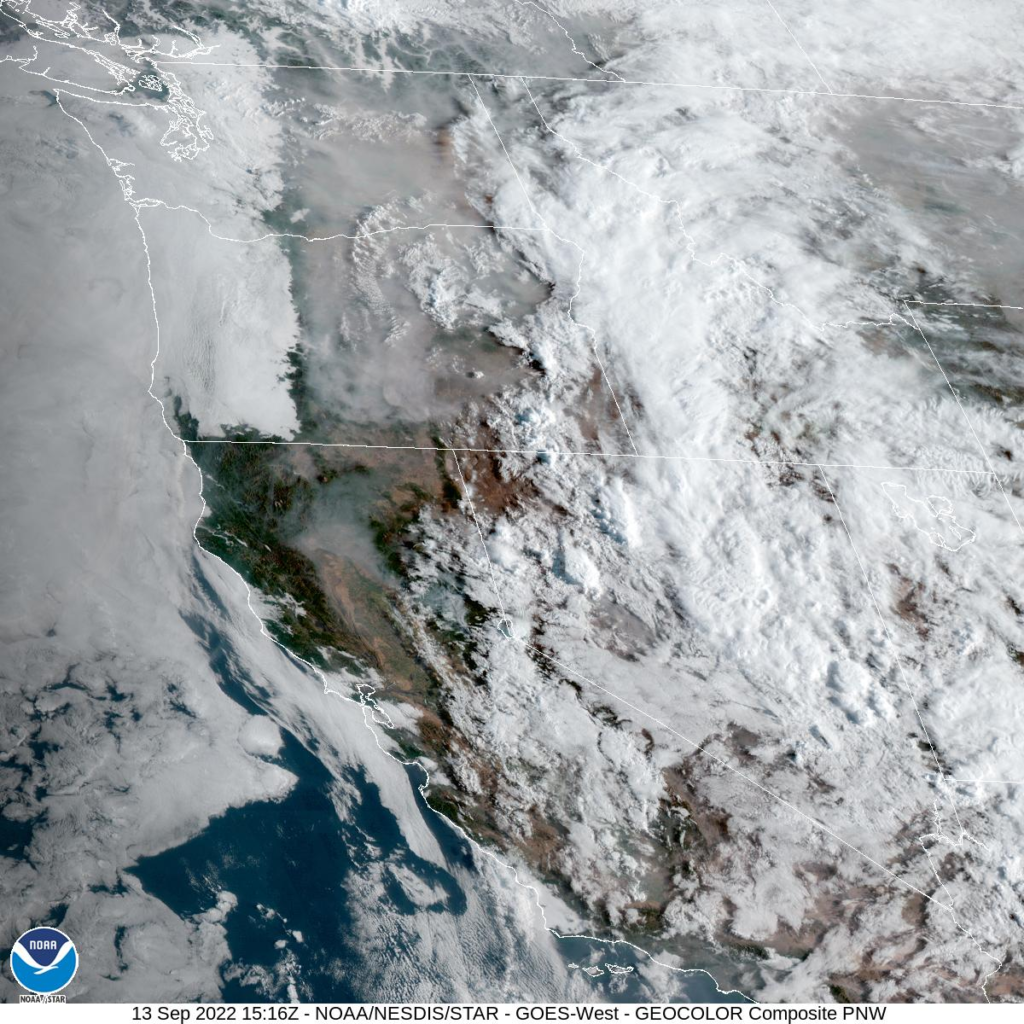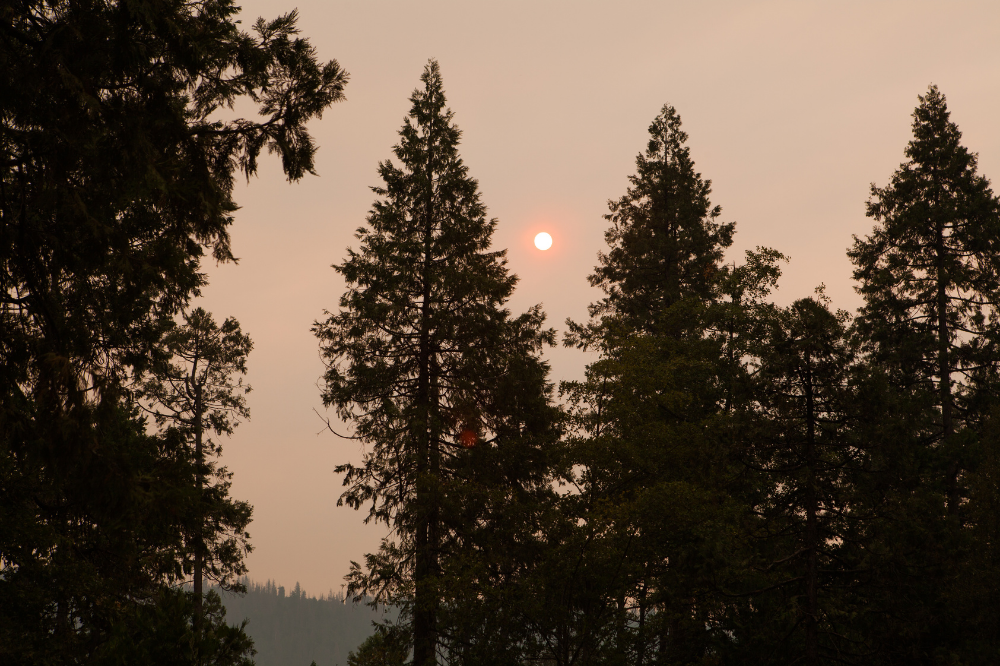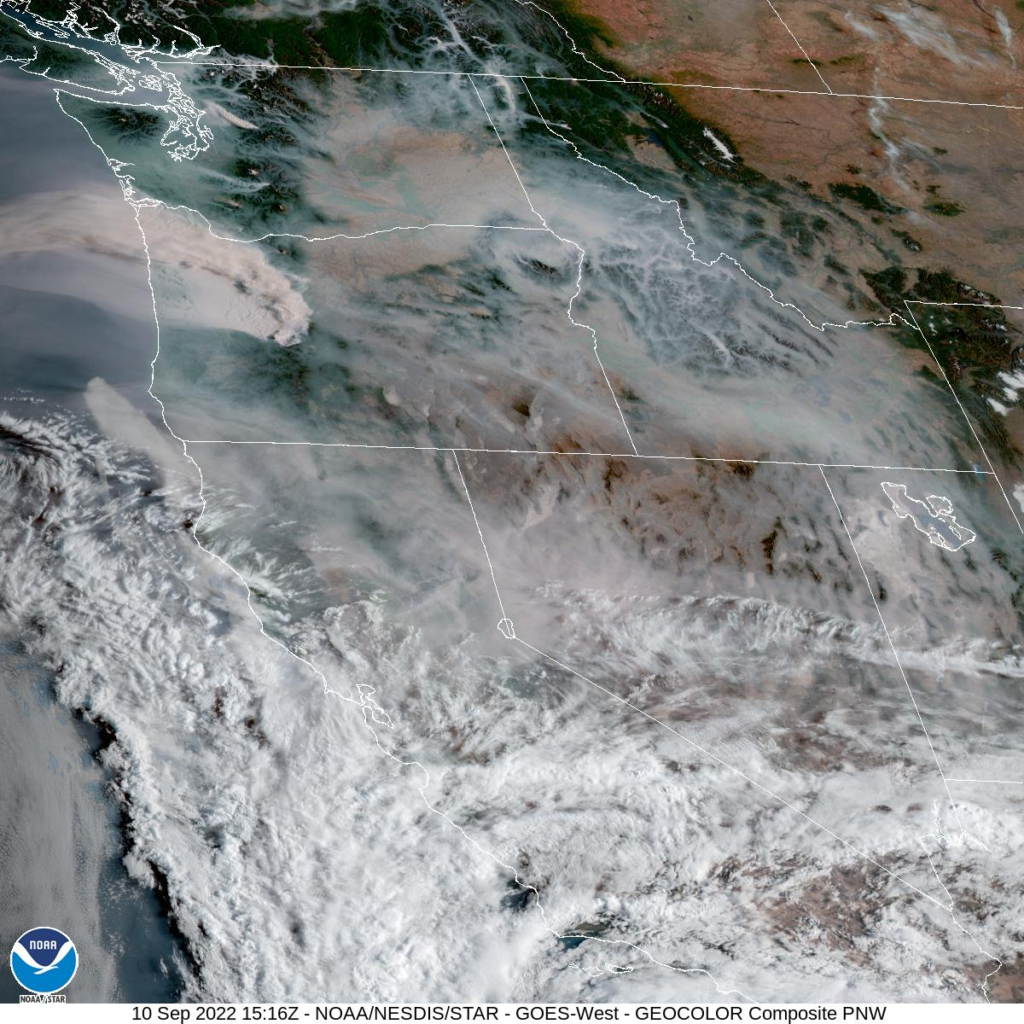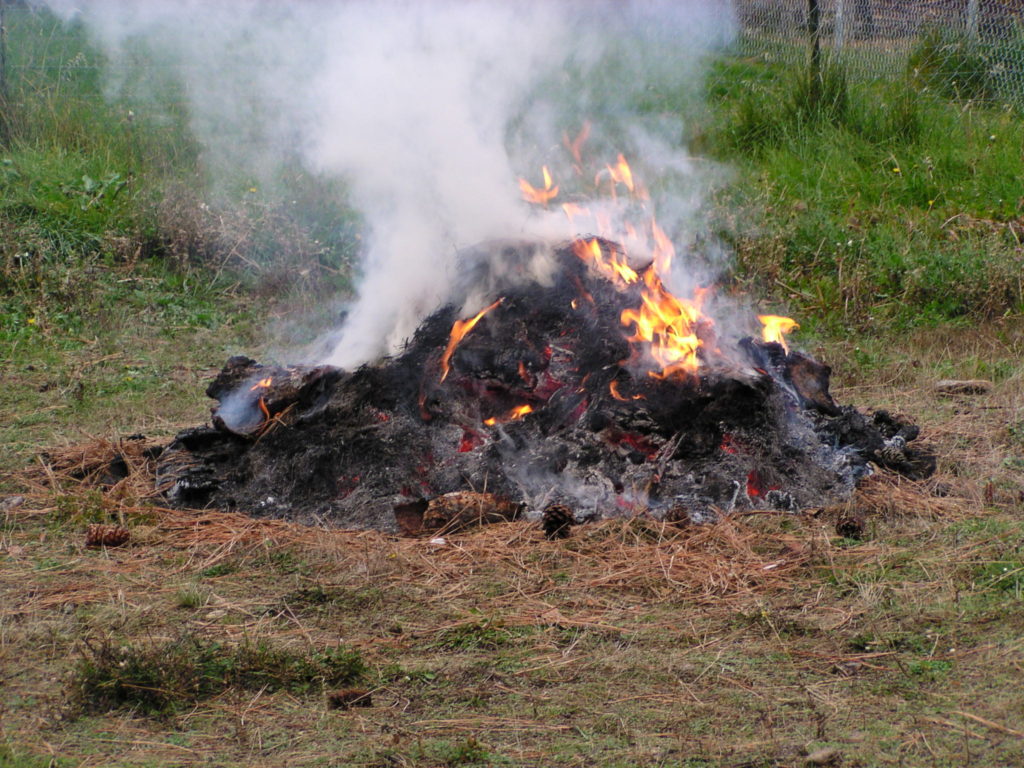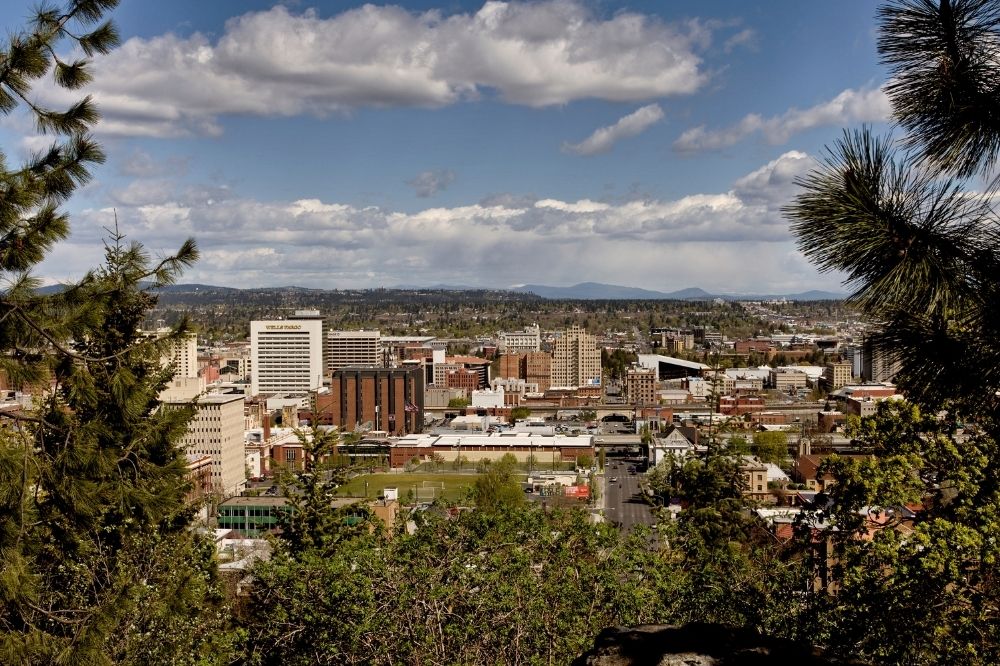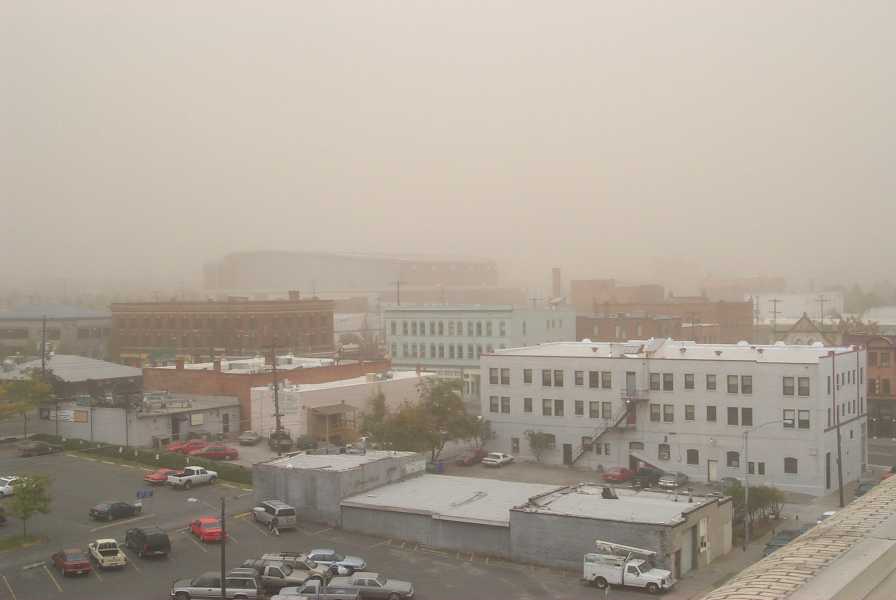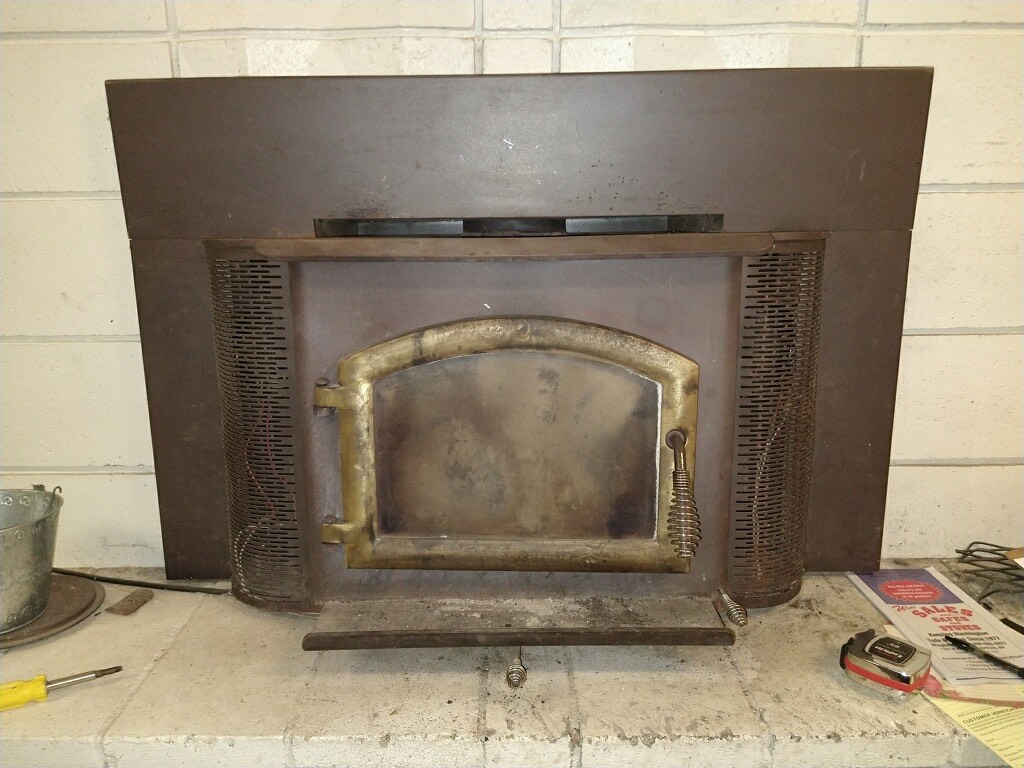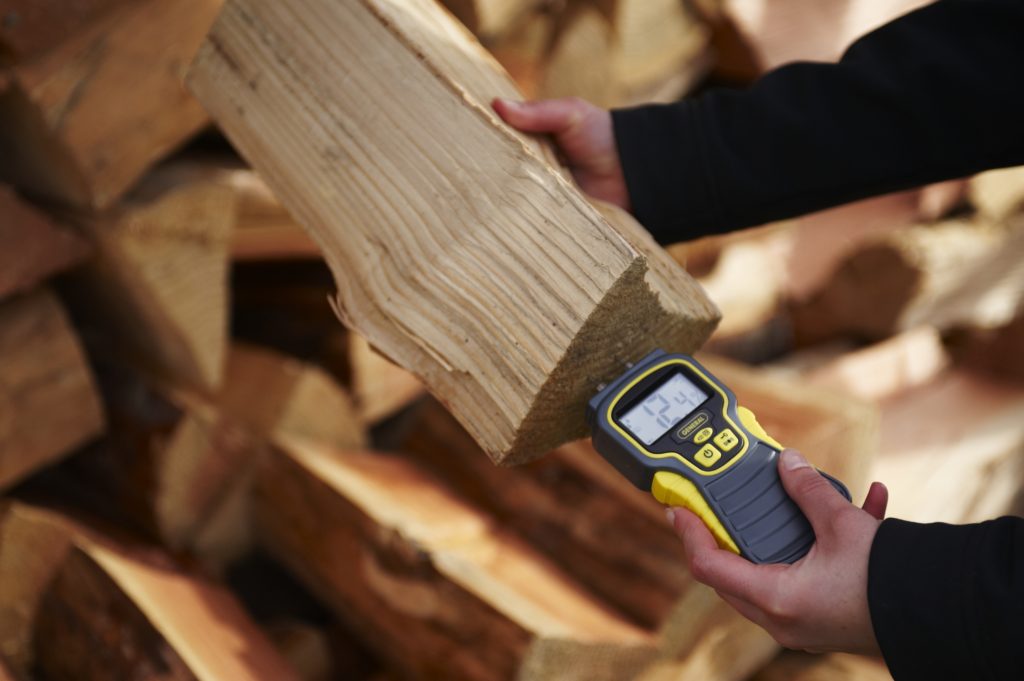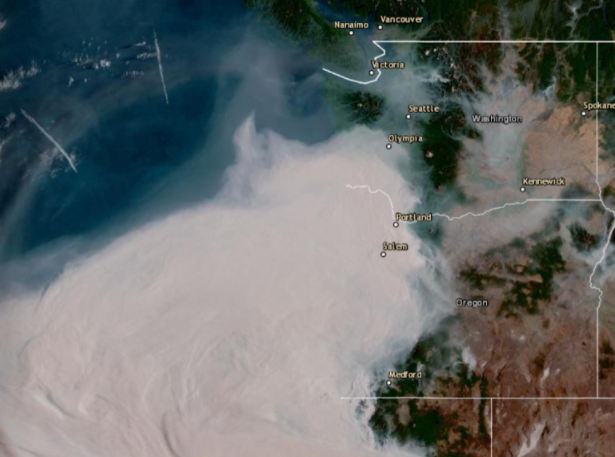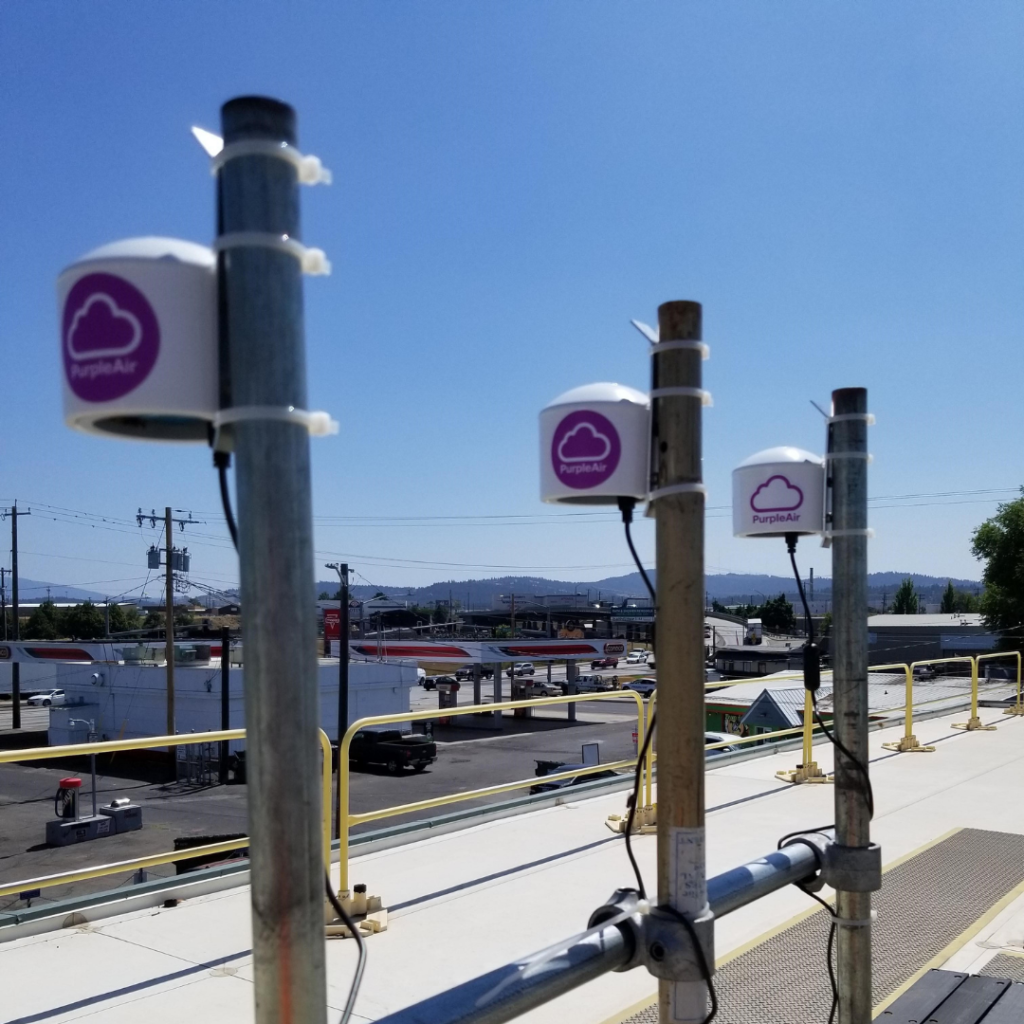
This summer Spokane Regional Clean Air Agency (Spokane Clean Air) deployed three PurpleAir sensors at its office on Augusta. The sensors will capture air quality data for PM10, which are coarse particles such as dust, and PM2.5, which is mainly combustion-related particles like smoke.
“Inexpensive air quality sensors, like the PurpleAir device, have been gaining in popularity with the public and with government agencies since they first became available a few years ago,” said Mark Rowe, Spokane Clean Air’s Monitoring Section Manager.
PurpleAir sensors use laser particle counters that provide a low-cost way to measure smoke, dust, and particulate air pollution, including PM10, PM2.5 and PM1.0.
“The regulatory-grade air quality monitors used by the Spokane Clean Air cost tens of thousands of dollars to purchase and install and require extensive training to operate and a lot of time to maintain,” Rowe explained. In addition, there are specific requirements regarding where each regulatory air monitor is located and must be approved by the EPA.
“By contrast, the PurpleAir device can be purchased for a couple hundred dollars and only requires an electrical outlet and WiFi, making it an accessible technology for private citizens, but may also enable Spokane Clean Air to supplement its air monitoring network,” Rowe said.
It’s important to note that the PurpleAir sensors cannot take the place of Spokane Clean Air’s regulatory-grade monitors but they should allow the agency to gain a better sense of the air quality in areas where there currently are no monitors.
“By deploying the three PurpleAir sensors side-by-side with a regulatory monitors, we can assess whether they will be a useful addition to our local network,” Rowe said.
This assessment will also include creating a data correction algorithm to adjust the PurpleAir data to better approximate Spokane Clean Air’s regulatory monitors. Creating the data correction algorithm is necessary because PurpleAir sensors and regulatory monitors measure particulate matter differently and use a different averaging time for the data that is collected.
“PurpleAir sensors are used by a wide variety of individuals and groups from government air districts, school districts, and universities to industrial and commercial organizations to home enthusiasts and concerned citizens,” according to PurpleAir.com.
Accessing PurpleAir data is as easy as visiting the PurpleAir website. Once there, you can view a map of PurpleAir sensors that are connected to the network. This means you can compare Spokane’s air with just about anywhere in the world.
Why does the data from my Purple Air, not match with what Spokane Clean Air is reporting?
There are a few reasons the data from PurpleAir and the data from Spokane Clean Air are different. Studies by clean air agencies in the western United States have shown that PurpleAir devices can report PM2.5 at concentrations that are about double what regulatory air quality monitors report.
Because of this, Lane Regional Air Protection Agency (LRAPA), in Lane County, OR, created an equation that corrects the PurpleAir data to be more accurate and in line with regulatory air monitors. When looking at the PurpleAir map, there is a conversion option that includes LRAPA’s equation.
Additionally, PurpleAir’s data is updated every 2 minutes, compared to regulatory data, like AirNow, which is updated hourly. AirNow data also includes an algorithm that uses longer averages during periods of stable air quality and shorter averages when air quality is changing rapidly.
It is also important to remember that the PurpleAir devices are not subject to the strict maintenance that regulatory air monitors receive. This can also add to the difference in reported data.
